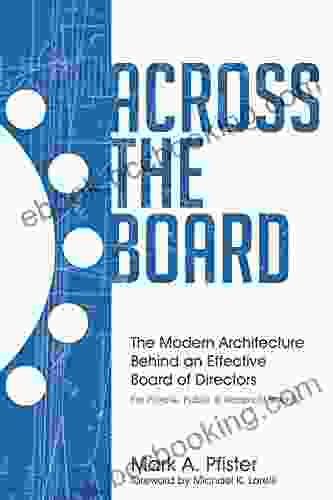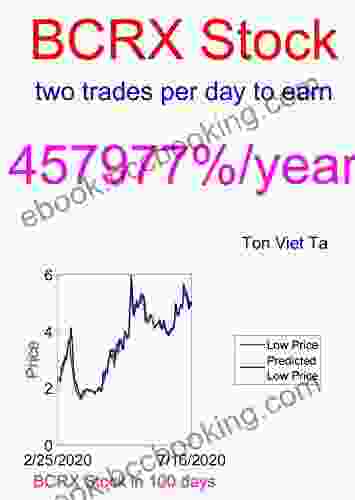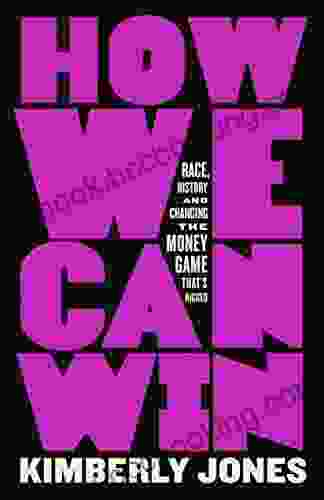The Story of Geometry: From Parallel Lines to Hyperspace

4.4 out of 5
| Language | : | English |
| File size | : | 2860 KB |
| Text-to-Speech | : | Enabled |
| Screen Reader | : | Supported |
| Enhanced typesetting | : | Enabled |
| Word Wise | : | Enabled |
| Print length | : | 324 pages |
Unveiling the Enchanting History and Principles of Geometry
The Genesis of Geometry: A Journey of Human Curiosity
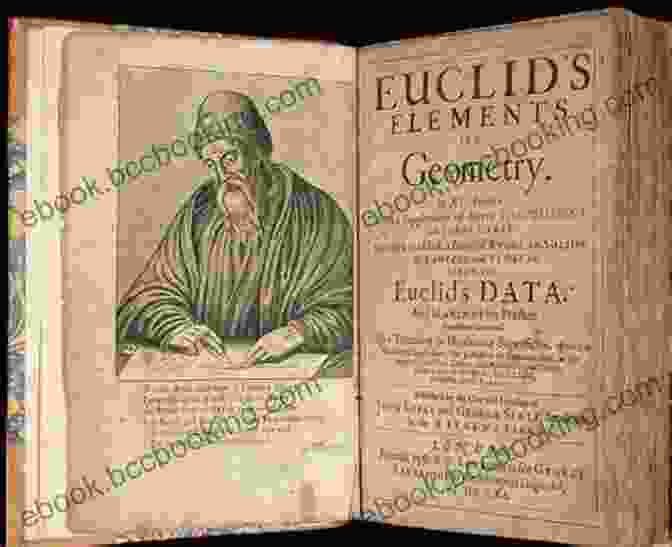
The roots of geometry lie deep within the annals of human history, tracing back to ancient civilizations like Egypt and Mesopotamia. These early societies, driven by practical needs such as surveying land and constructing structures, developed rudimentary geometric principles.
However, it was in ancient Greece that geometry truly blossomed. The renowned mathematician Euclid, living in Alexandria around 300 BCE, systematized and expanded the scattered geometric knowledge of his time into a comprehensive work known as "The Elements."
Euclid's "Elements" established the axiomatic foundations of geometry, consisting of postulates, definitions, and theorems. This remarkable work laid the cornerstone for Euclidean geometry, which dominated mathematical thought for over two thousand years.
Euclidean Geometry: The Bedrock of Geometric Principles
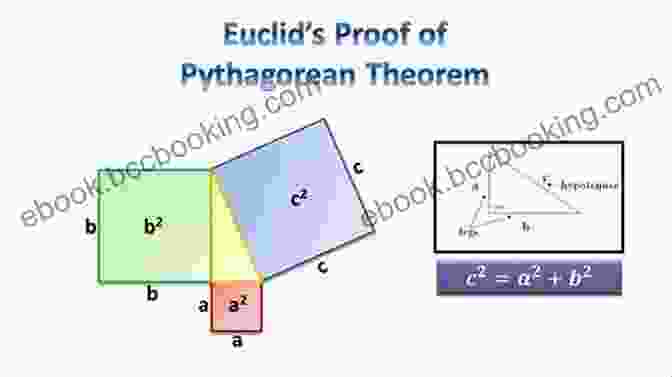
Euclidean geometry is characterized by its emphasis on flat, two-dimensional surfaces and the interplay of shapes and angles. Some of its fundamental concepts include points, lines, planes, triangles, circles, and polygons.
One of the most renowned theorems in geometry is the Pythagorean theorem, discovered by the Greek mathematician Pythagoras. This theorem states that in a right triangle, the square of the length of the hypotenuse (the side opposite the right angle) is equal to the sum of the squares of the lengths of the other two sides.
Euclidean geometry has found innumerable applications in fields such as architecture, engineering, navigation, and surveying. Its principles have shaped our understanding of the world and laid the groundwork for further mathematical advancements.
Non-Euclidean Geometry: Shattering the Euclidean Paradigm
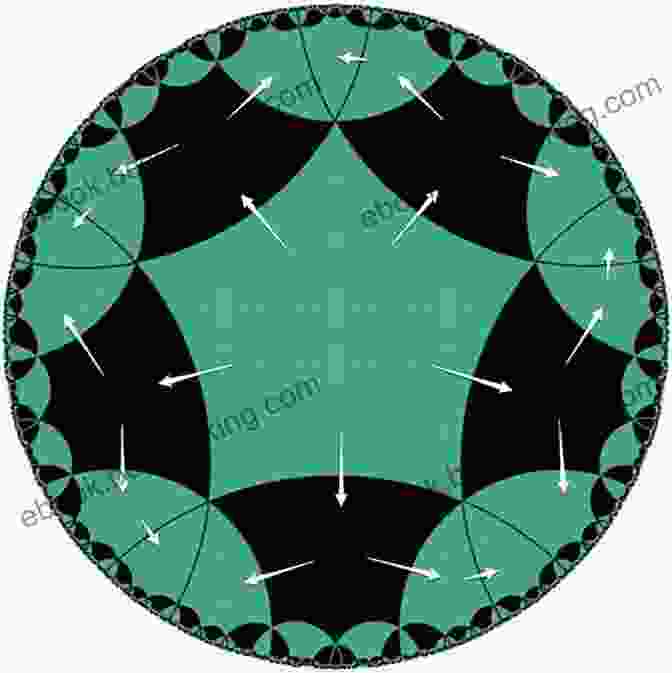
In the 19th century, the Euclidean paradigm was challenged by the emergence of non-Euclidean geometries. These alternative geometric systems explored the possibilities of surfaces that deviate from the flatness of Euclidean planes.
One such geometry is hyperbolic geometry, which emerged from the work of mathematicians like Carl Friedrich Gauss and Nikolai Lobachevsky. Hyperbolic geometry is characterized by its negative curvature, where parallel lines diverge as they extend.
Another non-Euclidean geometry is spherical geometry, which deals with the surface of a sphere. In spherical geometry, lines are represented by great circles, and the sum of the angles of a triangle always exceeds 180 degrees.
The development of non-Euclidean geometries had a profound impact on mathematics and our understanding of space. It expanded the boundaries of geometric thought and led to new insights into the nature of reality.
Geometry in the Modern World: From Fractals to Hyperspace

In the 20th century, geometry continued to evolve, embracing modern concepts like fractals and hyperspace. Fractals, discovered by Benoit Mandelbrot, are geometric patterns that repeat themselves at different scales, creating intricate and often beautiful designs.
Hyperspace, a term coined by Edwin Abbott Abbott in his 1884 novel "Flatland," refers to geometric dimensions beyond the three dimensions of our everyday experience. Hyperspace has fascinated mathematicians and physicists alike, opening up new possibilities for geometric exploration and theoretical breakthroughs.
Geometry has found myriad applications in the modern world, from computer graphics and animation to medical imaging and quantum mechanics. Its principles continue to shape our technological advancements and our understanding of the universe we inhabit.
: The Enduring Legacy of Geometry
Geometry, with its roots in ancient civilizations and its ever-evolving nature, has played a pivotal role in human civilization. From the practical applications in our daily lives to the abstract explorations of hyperspace, geometry has captivated minds throughout history and continues to inspire new discoveries.
The story of geometry is a testament to the power of human curiosity and ingenuity. It is a story of exploration, innovation, and the relentless pursuit of knowledge. As we look to the future, geometry will undoubtedly play a vital role in shaping our technological advancements and our understanding of the world around us.
4.4 out of 5
| Language | : | English |
| File size | : | 2860 KB |
| Text-to-Speech | : | Enabled |
| Screen Reader | : | Supported |
| Enhanced typesetting | : | Enabled |
| Word Wise | : | Enabled |
| Print length | : | 324 pages |
Do you want to contribute by writing guest posts on this blog?
Please contact us and send us a resume of previous articles that you have written.
 Book
Book Novel
Novel Page
Page Chapter
Chapter Text
Text Story
Story Genre
Genre Reader
Reader Library
Library Paperback
Paperback E-book
E-book Magazine
Magazine Newspaper
Newspaper Paragraph
Paragraph Sentence
Sentence Bookmark
Bookmark Shelf
Shelf Glossary
Glossary Bibliography
Bibliography Foreword
Foreword Preface
Preface Synopsis
Synopsis Annotation
Annotation Footnote
Footnote Manuscript
Manuscript Scroll
Scroll Codex
Codex Tome
Tome Bestseller
Bestseller Classics
Classics Library card
Library card Narrative
Narrative Biography
Biography Autobiography
Autobiography Memoir
Memoir Reference
Reference Encyclopedia
Encyclopedia Michael Lieberman
Michael Lieberman Gena Showalter
Gena Showalter Tony Bradshaw
Tony Bradshaw Rupnarayan Bose
Rupnarayan Bose Philip Purser Hallard
Philip Purser Hallard William Powers
William Powers Paul Sirett
Paul Sirett Rob Kenner
Rob Kenner Lalita Tademy
Lalita Tademy Steven M Rice
Steven M Rice Vincent Bevins
Vincent Bevins La Leche League International
La Leche League International Warren Dotz
Warren Dotz Mark Weber
Mark Weber Timothy Ferriss
Timothy Ferriss Stephen Kurkjian
Stephen Kurkjian Robert Mcnally
Robert Mcnally Kimiko Kitani
Kimiko Kitani Mary E Pearson
Mary E Pearson T R Fehrenbach
T R Fehrenbach
Light bulbAdvertise smarter! Our strategic ad space ensures maximum exposure. Reserve your spot today!
 Donald WardFollow ·5.3k
Donald WardFollow ·5.3k Camden MitchellFollow ·6.1k
Camden MitchellFollow ·6.1k Henry David ThoreauFollow ·14.3k
Henry David ThoreauFollow ·14.3k Clay PowellFollow ·12.5k
Clay PowellFollow ·12.5k Victor HugoFollow ·3.1k
Victor HugoFollow ·3.1k Jan MitchellFollow ·3.5k
Jan MitchellFollow ·3.5k Pat MitchellFollow ·12.2k
Pat MitchellFollow ·12.2k Adrien BlairFollow ·13k
Adrien BlairFollow ·13k
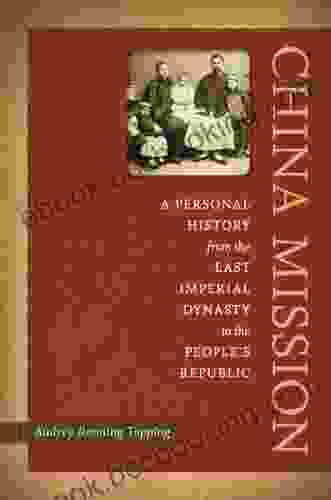
 Philip Bell
Philip BellPersonal History: From the Last Imperial Dynasty to the...
By Author Name A...
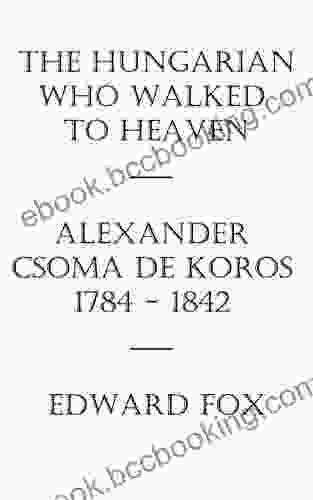
 Gustavo Cox
Gustavo CoxAlexander Csoma de Kőrös: The Father of Tibetology
Alexander...

 Harvey Bell
Harvey BellUnveiling the Titanicat: Dive into the True Stories...
A Literary Voyage into the...

 José Martí
José MartíUnveiling the Festive Flavors of Christmas: A Culinary...
As the crisp winter air fills with the...
4.4 out of 5
| Language | : | English |
| File size | : | 2860 KB |
| Text-to-Speech | : | Enabled |
| Screen Reader | : | Supported |
| Enhanced typesetting | : | Enabled |
| Word Wise | : | Enabled |
| Print length | : | 324 pages |





